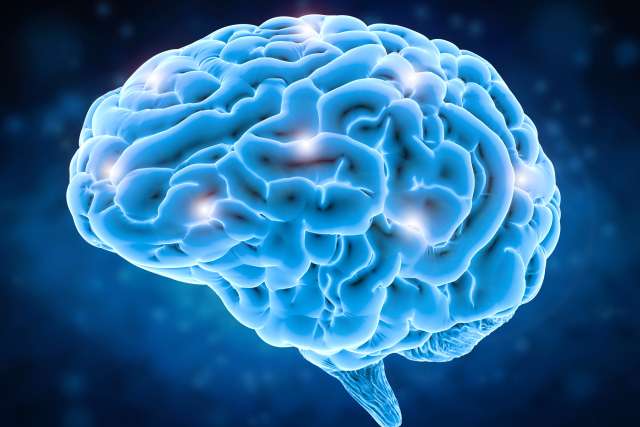Thanks to neuroplasticity — the brain’s ability to create and reorganize neural connections — people can find relief from anxiety, depression, substance abuse, obsessive-compulsive disorder and everyday mental health challenges, says Jeffrey Schwartz, MD, a research psychiatrist with the UCLA Department of Psychiatry.
Dr. Schwartz outlined his four-step method for dealing with mental health challenges at the Emerging Themes in Behavioral Health conference, April 28, at the .
The four steps combine mindfulness with cognitive behavioral therapy, which results in what he calls “self-directed neuroplasticity.”
Dr. Schwartz, who says he has logged more than 15,000 hours of personal mindfulness practice since being trained in the Burmese Theravada tradition in the 1970s, defines mindfulness as having “a clear-minded, observational perspective on the experience that you’re having.”
He said it is central to his technique.
It’s like “a third-person perspective on your inner, first-person experience,” he says. “It’s a way of watching your inner experience and then, very important, making informed choices about what aspects of that experience go toward your goals and what aspects of that experience are not so helpful.”
Once connected with mindfulness, individuals can implement Dr. Schwartz’s four-step method.
Relabel
The first step is to relabel. This involves noticing intrusive thoughts and urges and identifying them as “uncomfortable sensations,” says Dr. Schwartz, who originally developed this methodology for patients with obsessive-compulsive disorder.

Relabeling allows people to recognize these sensations as “deceptive brain messages,” he says.
“These feelings, these thoughts, these bothersome experiences are not who you are. They’re what your brain is doing to you,” Dr. Schwartz says. “So you’re taking an observational perspective and realizing, ‘Wait a second, I don’t need to have as my identity or my sense of self all these very bothersome feelings and urges.’”
Reframe
Separating from the thoughts is step two: reframe. This is the process of assessing and discerning whether to act on the brain messages or not.
This also requires mindful awareness, which “helps you make choices and activates a part of you that I like to call the wise advocate,” Dr. Schwartz says, “your inner loving guide that helps you make good choices and helps you refrain from things that lead to problems for you.”
Refocus
Step three, refocus, is about training ourselves to act on these insights — consciously deciding how to respond to bothersome thoughts.
To refocus is “making a choice to direct your attention by focusing your attention on something else that is productive and wholesome,” Dr. Schwartz says. “Do another wholesome behavior.”
It should be an enjoyable and familiar behavior, he adds, such as gardening, listening to music or playing a musical instrument.
When making this shift, Dr. Schwartz suggests using “the 5-minute rule”: Try refocusing on a productive behavior for five minutes, then reassess.
“This is real self-directed neuroplasticity,” he says. “You’re using relabeling, reframing and making choices about what to focus your attention on, and when you do that regularly, it changes your brain.”
Revalue
The first three steps automatically lead to the fourth: revalue. This is the process of learning not to take thoughts and urges at face value and instead applying awareness and discernment.
“You realize (the thoughts) are simply sensations caused by deceptive brain messages, and then the experience itself changes,” Dr. Schwartz says. “The meaning of the feeling changes. It’s no longer something that grabs your attention in the same way, because you become adept at dismissing it.”
Repetition of these four steps changes the brain over time, he says.



